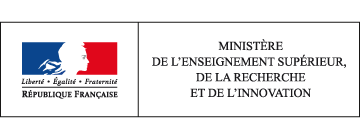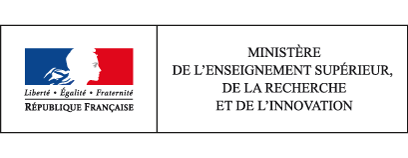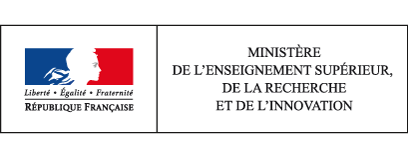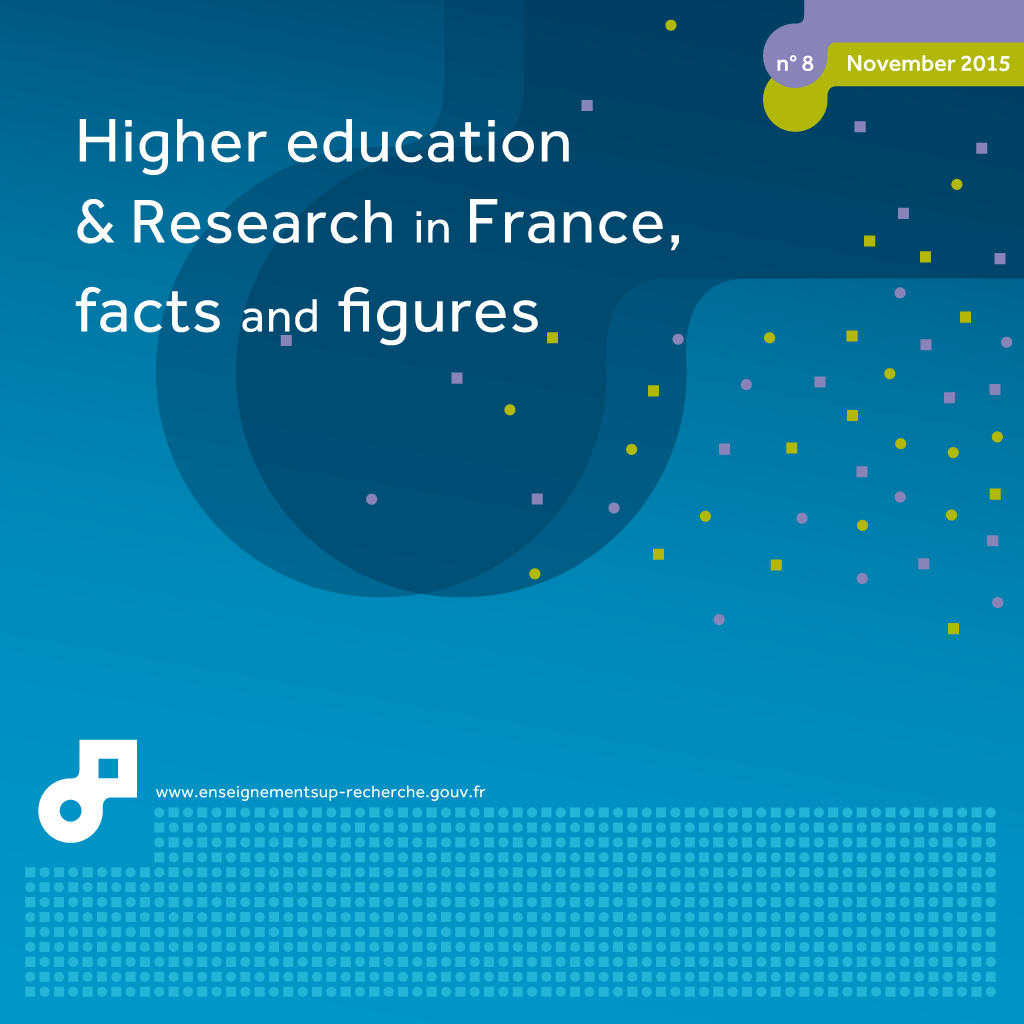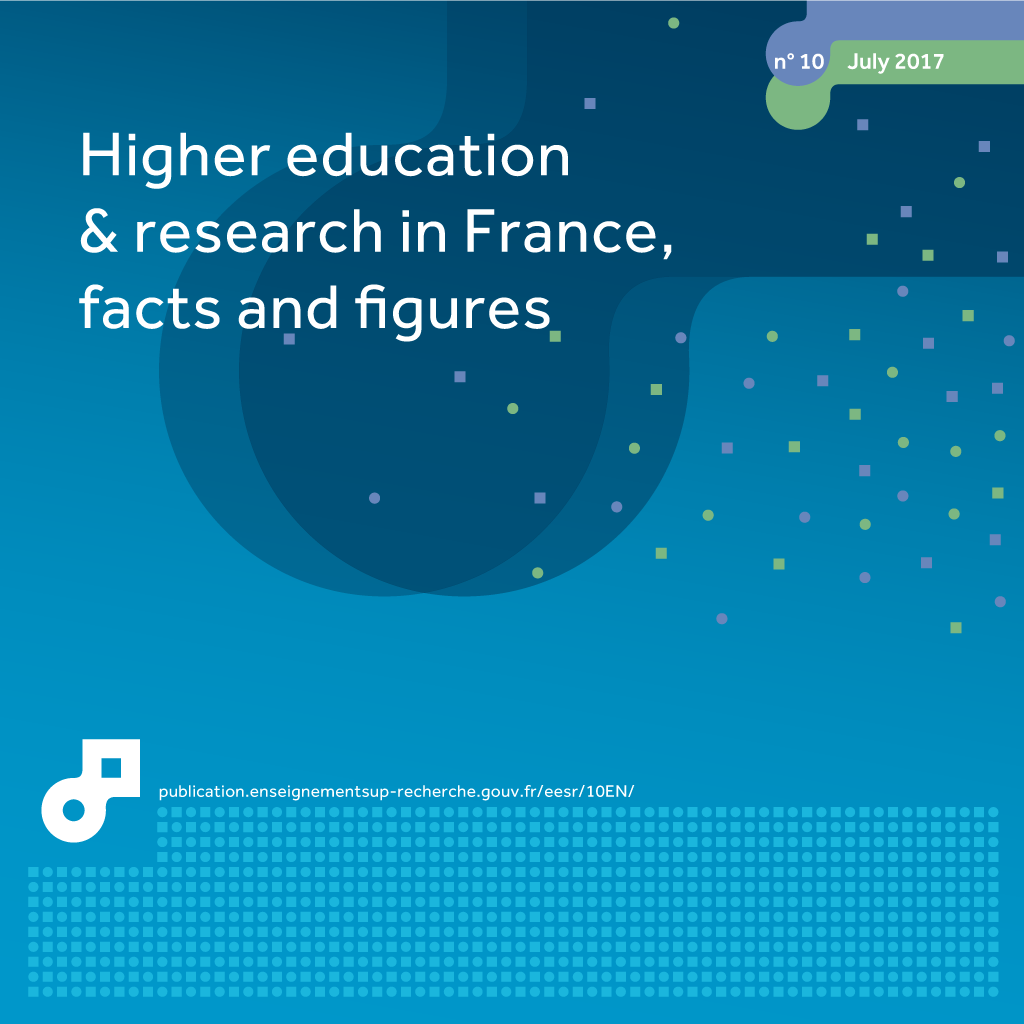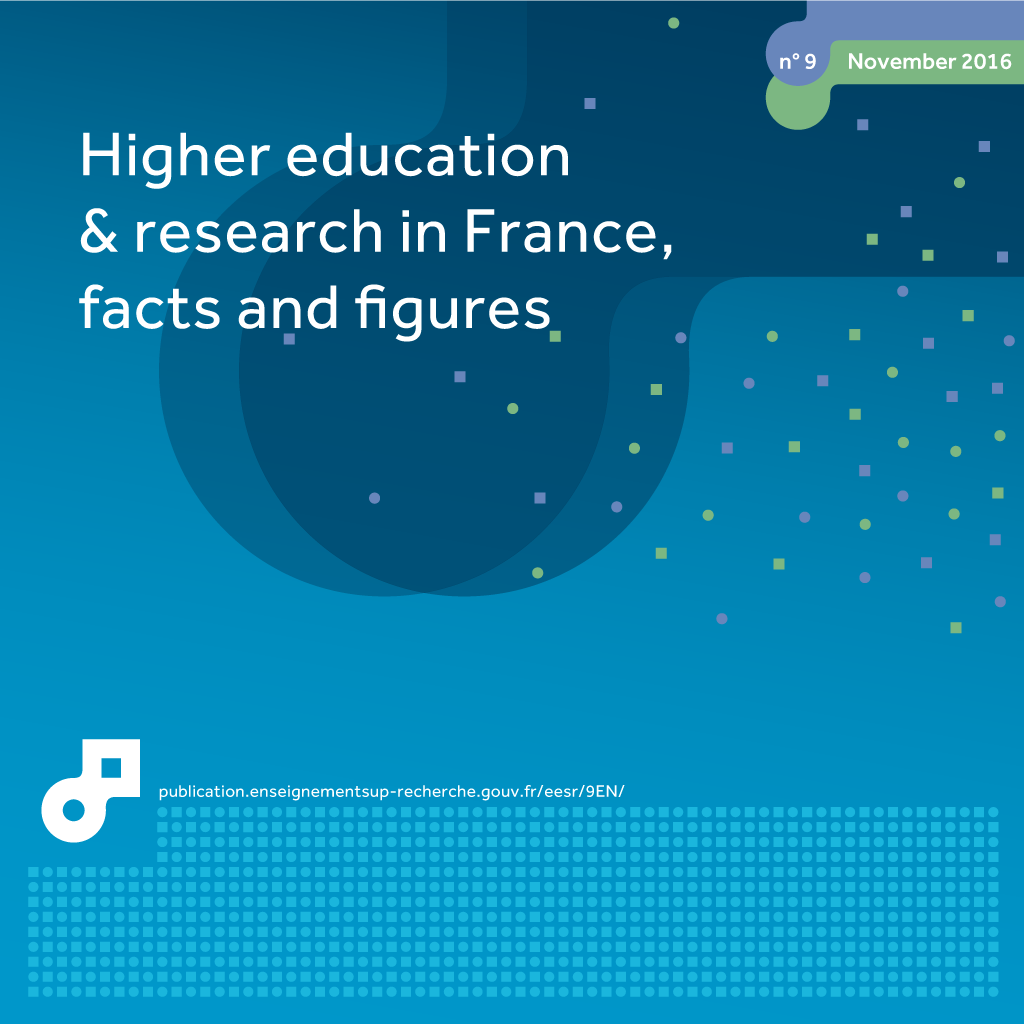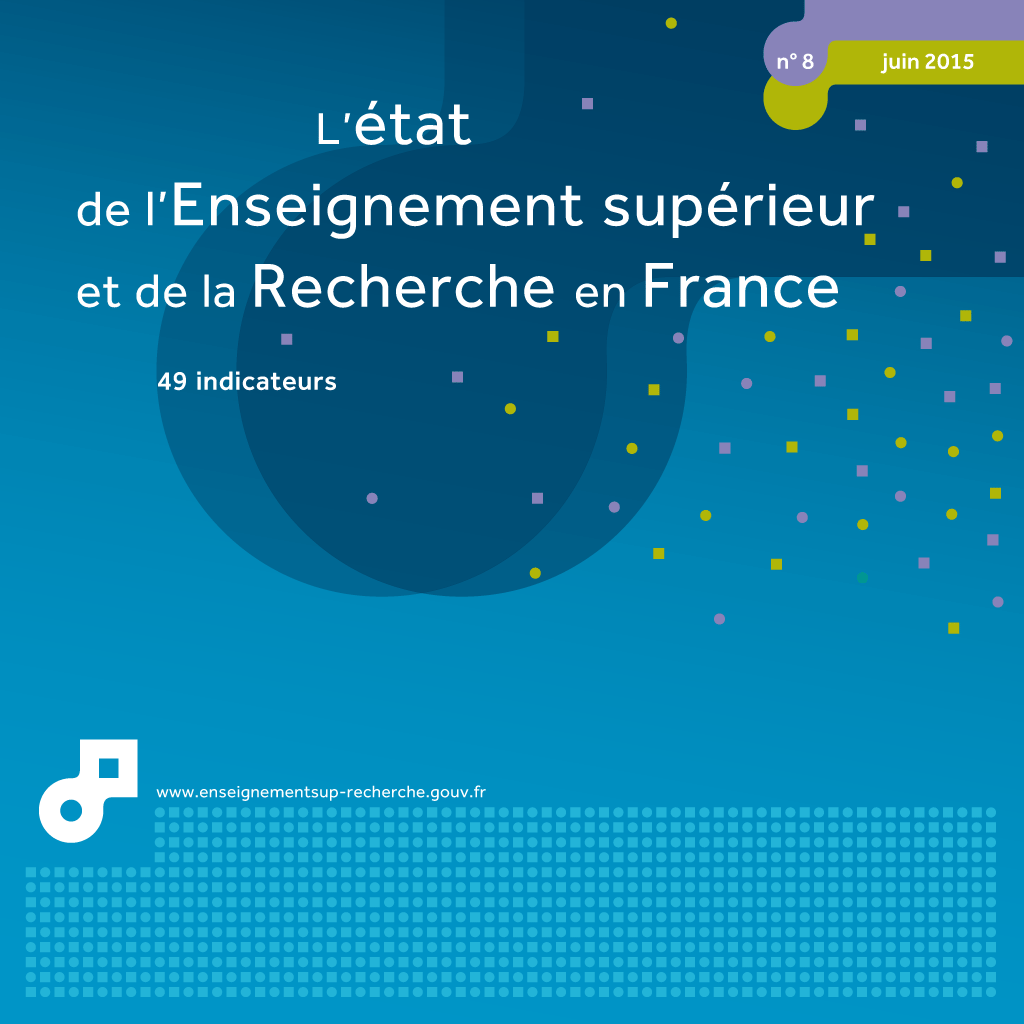04 teaching staff in public higher education under the responsibility of the French Ministry of Education, Higher Education and Research
This page has been updated. Read 04. teaching staff in public higher education under the responsability of the french ministry of education, higher education and research in Higher education & research in France, facts and figures 10th edition - June 2017
In 2013-2014, 91,800 teachers were working in public higher education establishments under the responsibility of the MENESR, out of a total of about 150,000. In 2012, France had 15.6 students per teacher against an average of only 14.4 in the OECD countries. A quarter of these employees are posted in the Ile-de-France region.
In 2014, the teaching and research potential in public higher education establishments under the responsibility of the French Ministry of Education, Higher Education and Research (Ministère de l'Éducation nationale, de l'Enseignement supérieur et de la Recherche - MENESR) was 91,800 teachers (+1.3% compared with the previous year) which included 57,000 teacher-researchers and equivalent, or 62% of all staff (chart 04.01a). Secondary teachers working in higher education and non-tenured teachers represented 14.2% and 23.7% of teachers respectively.
94.4% of these staff members are posted to universities (chart 04.01b).
The number of tenured teachers and trainee teachers has increased substantially over the last decade (+4.9% between 2004 and 2014), after recording even higher growth rates in the decade before (chart 04.03a). These changes reflect the strong growth in student numbers over the same periods. Between 2004 and 2014, the rate of increase was similar for university professors (+6.8%) and lecturers (+6.7%). The category of non-tenured teachers showed some contrasting trends over the period in question. Numbers rose sharply between 1993 and 2003 (+61%), then continued to increase, but at a slower pace, until 2009. Since then they have decreased.
Science subjects account for 41.2% of all staff, Arts and Humanities 30.1%, Law, Economics and Management 14.3% and Health and Medicine 14.4% (chart 04.02). In ten years, the number of tenured teacher-researchers (excluding assistants and specific groups) has increased by 7.6%. This increase masks some disparities between subjects: +15.1% in Law, Economics and Management, +9.6% in Arts and Humanities (which includes +14.6% for Humanities), and +6.4% across all scientific subjects (including +11.2% for Engineering Sciences and +9.4% for Mathematics and Computer Technology). Physics and Chemistry (7% and –0.9% respectively) are in decline.
The average age of university professors is 53 years and 8 months and for tenured or trainee lecturers it is 44 years and 11 months (chart 04.04). This age gap is linked to career advancement: professors are recruited predominantly from among the corps of lecturers.
The proportion of women in the corps of teacher-researchers is increasing steadily. It is growing at a regular rate of about 0.5 points per year, and increased between 1994 and 2014 from 12.9% to 22.5% for professors and from 35.5% to 43.6% for lecturers. Among secondary teachers working in higher education, the proportion of women and the increase in their numbers is similar to that for lecturers. Overall, there is a higher rate of women in Arts and Humanities and Pharmacy than in Sciences, Law and Medicine. In addition, in recent years among lecturers in the 30-39 age bracket, women now predominate in Law, Arts and the Health disciplines.
Secondary teachers working in higher education represent 14.2% of all staff (chart 04.01a) or 13,069 employees. Of these, 53.4% are agrégé teachers (secondary teachers with the highest qualifications), of whom 92.4% are appointed to universities (with about one third going into University Technology Institutes (Institut universitaire de technologie - IUT)) and 7.6% to engineering schools. They mainly teach Economics and Management, Languages and Literature, History and geography, Mathematics, Mechanics and Physical Education and Sports Science and Techniques (Sciences et techniques des activités physiques et sportives - STAPS).
One quarter of all potential teaching staff in active employment in the higher education sector are assigned to the Ile-de-France region. More than half (54.5%) of these potential staff work in the five largest regions of France (Ile-de-France, Rhône-Alpes, Provence-Alpes-Côte d’Azur, Nord-Pas-de-Calais and Midi-Pyrénées). This territorial distribution is virtually the same as for students.
In France in 2012, the ratio of students to teaching staff in higher education was 15.6 (chart 04.05) compared with an average of 14.4 in the OECD countries.
MENESR-DGRH.
How to cite this paper :
close
Key figures
teachers
Whole of France
teacher-researchers
Whole of France
teachers under contract in secondary education posts
Whole of France
non-permament teachers
Whole of France
Whole of France
Whole of France
Whole of France
Whole of France
Whole of France
Whole of France
Whole of France
Whole of France
university professors
Whole of France
lecturers
Whole of France
teachers under contract in secondary education posts
Whole of France
non-permament teachers
Whole of France
Whole of France
04.01a Distribution of serving teachers in higher education by category and type of institution in 2013-2014 (%) - By category
You can embed this chart to your website or your blog by copying the HTML code and pasting it into the source code of your website / blog:
close
04.01b Distribution of serving teachers in higher education by category and type of institution in 2013-2014 (%) - By type of instutution
1 Especially ENI, INSA, ENS, and other large institutions.
You can embed this chart to your website or your blog by copying the HTML code and pasting it into the source code of your website / blog:
close
04.02 Distribution of serving teachers in higher education by major discipline and category in 2013-2014 1
1 not including 1,087 teacher-researchers belonging to specific corps.
You can embed this chart to your website or your blog by copying the HTML code and pasting it into the source code of your website / blog:
close
04.03a Trend in number of teachers working in higher education between 1992 and 2014
You can embed this chart to your website or your blog by copying the HTML code and pasting it into the source code of your website / blog:
close
04.03b Trend in proportion of women among teachers working in higher education between 1992 and 2014 (%)
You can embed this chart to your website or your blog by copying the HTML code and pasting it into the source code of your website / blog:
close
04.04 Age pyramid for tenured teacher-researchers in 2013-2014
You can embed this chart to your website or your blog by copying the HTML code and pasting it into the source code of your website / blog:
close
04.05 Number of students per teacher in higher education institutions in 2012
1 Excluding private independent institutions.
2 Public institutions only.
3 Public institutions under the responsibility of the MENESR.
You can embed this chart to your website or your blog by copying the HTML code and pasting it into the source code of your website / blog:
close
Related statistical publications
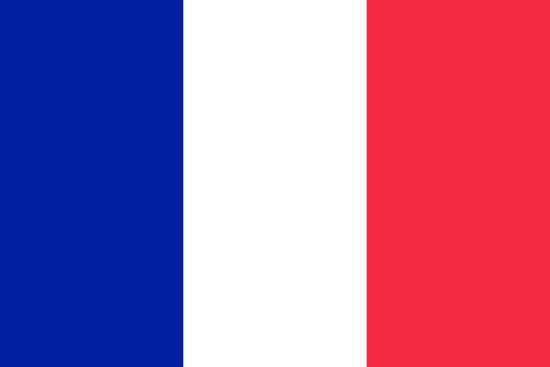 Note d'information DGRH 16.01 - Les personnels enseignants de l'enseignement supérieur du ministère de l’Éducation nationale, de l’Enseignement supérieur et de la Recherche - 2013-2014 - Marc Bideault, Julien Thirion, Jérôme Tourbeaux - January 2016
Note d'information DGRH 16.01 - Les personnels enseignants de l'enseignement supérieur du ministère de l’Éducation nationale, de l’Enseignement supérieur et de la Recherche - 2013-2014 - Marc Bideault, Julien Thirion, Jérôme Tourbeaux - January 2016 
 Note d'information DGRH 15.01 - Les personnels enseignants de l'enseignement supérieur de l'année universitaire 2012-2013 - Marc Bideault, Pasquin Rossi
Note d'information DGRH 15.01 - Les personnels enseignants de l'enseignement supérieur de l'année universitaire 2012-2013 - Marc Bideault, Pasquin Rossi Translation
 Etat de l'enseignement supérieur et de la rechercheL'état de l'Enseignement supérieur et de la Recherche en France n°8 - juin 2015
Etat de l'enseignement supérieur et de la rechercheL'état de l'Enseignement supérieur et de la Recherche en France n°8 - juin 201504 - les personnels enseignants de l'enseignement supérieur public sous tutelle du MENESR - Marc Bideault
